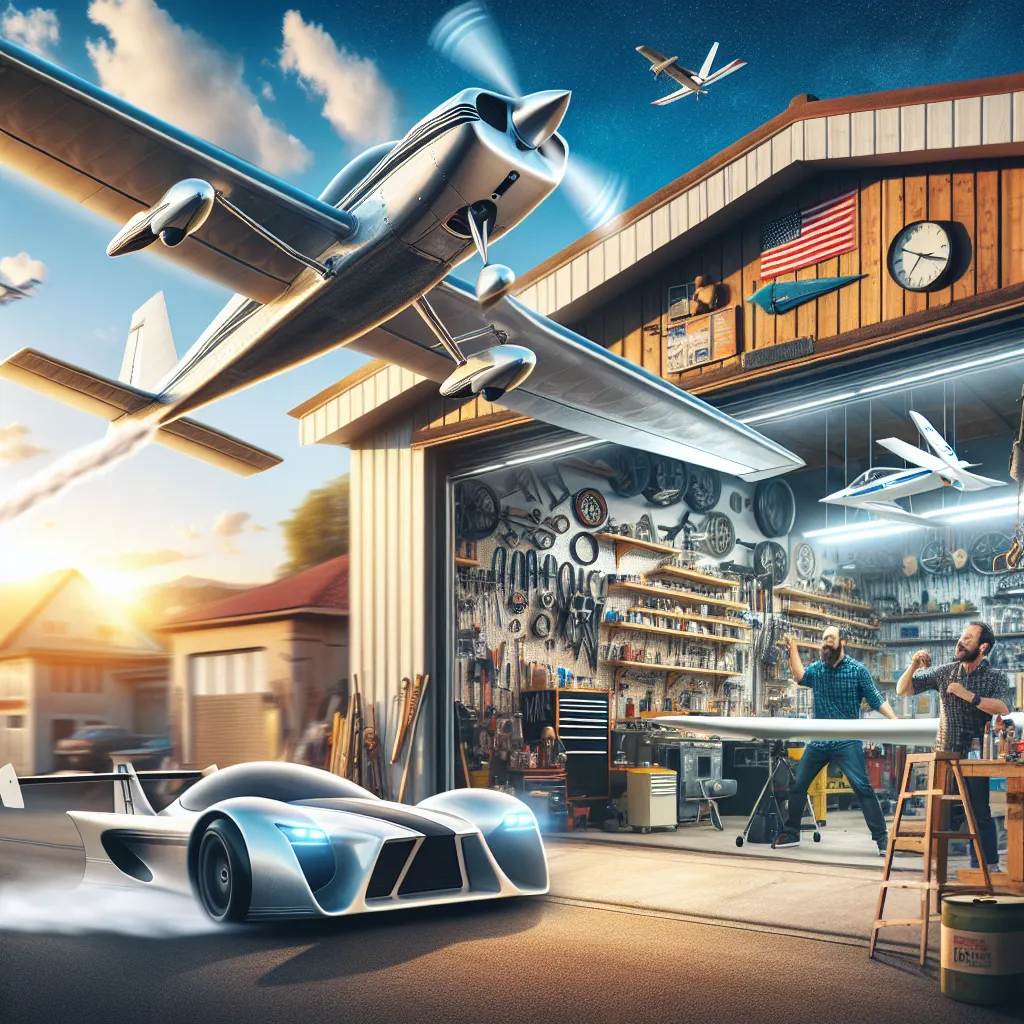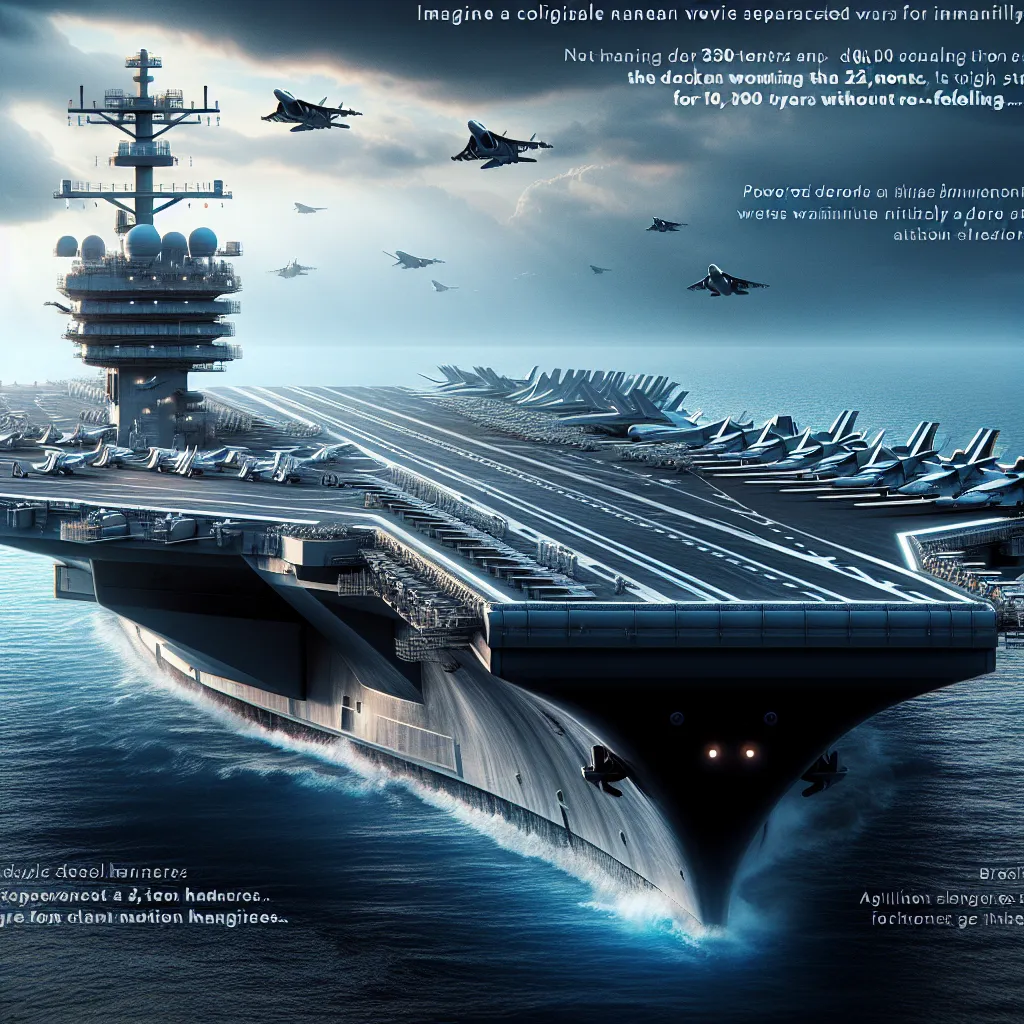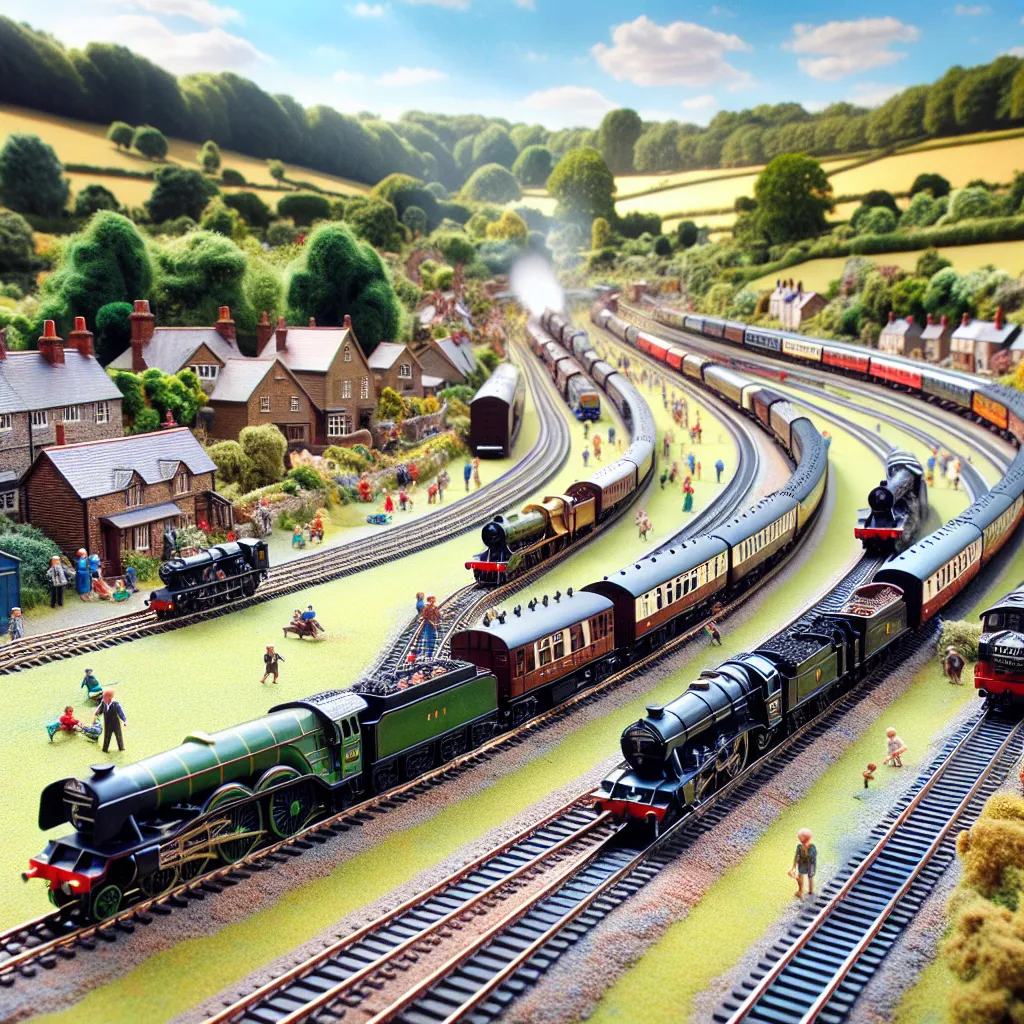Flying high doesn’t always require a massive fighter plane to pull off extreme maneuvers. Meet the Cri-Cri, the world’s smallest twin-engine plane. This nifty little aircraft was designed by a top French engineer during his spare time. It’s a home-built or kit-built beauty, and when loaded with a pilot and fuel, it only weighs 375 pounds. Thanks to its special roof platform, the Cri-Cri can launch almost anywhere, needing just a 70 mph run-up for takeoff.
Once in the air, the Cri-Cri cruises at 130 mph with a top speed of 163 mph. It handles aerobatics effortlessly, making it perfect for the sports market. Private pilots can buy the plans or a kit, build it in their garages, and take it out for a spin. It’s efficient too, sipping fuel at just 3 liters an hour. Hundreds of these aircraft are zipping around the skies worldwide.
The home-built plane scene is booming. Enthusiasts are crafting these planes in garages and backyards, with more home-built aircraft flying than their factory-made counterparts. These DIY planes often outperform their mass-produced siblings. The DA 11, for example, is powered by a 20-horsepower lawnmower engine and achieves incredible efficiency—100 miles per gallon at 135 mph. Built by Leon, a self-taught designer, it takes off at 60 mph on just 500 feet of runway.
Leon, a former Air Force mechanic, embodies the spirit of home-building. Without formal training, he leverages his dyslexia to excel with hands-on projects, designing and building planes with simple tools. He focuses on making lightweight, economical aircraft that average people can afford.
Home-built planes have filled a significant gap in the aviation market. With factory-built planes becoming exorbitantly expensive, these DIY aircraft are a budget-friendly alternative. The Long-EZ, designed by Burt Rutan, is a prime example of a successful home-built aircraft, with over 2,000 units built. It’s known for its excellent performance and safety features. Burt Rutan’s other creations, such as the Voyager, have even set records. Voyager’s non-stop flight around the world without refueling is legendary, making Rutan a household name in independent aircraft design.
Rutan continues to push the boundaries with innovative designs like the boomerang-shaped “Boomerang” plane, aiming for exceptional performance and stability. Another notable mention is the human-powered Gossamer Albatross, which famously crossed the English Channel powered by a cyclist. This lightweight marvel weighed only 55 pounds and flew at a gentle 11 mph.
Inspired by the Gossamer Albatross, NASA’s solar-powered Pathfinder reaches altitudes over 70,000 feet, with solar cells providing power even at night. With such advancements, the skies are no longer just for conventional planes but also for the creative ingenuity of home-built aircraft.






